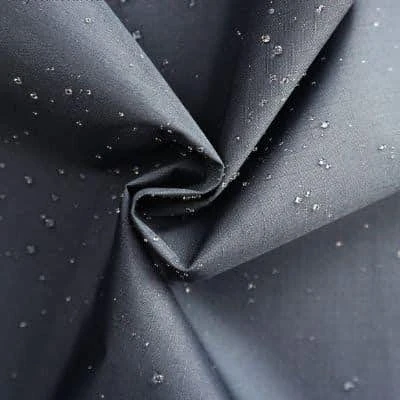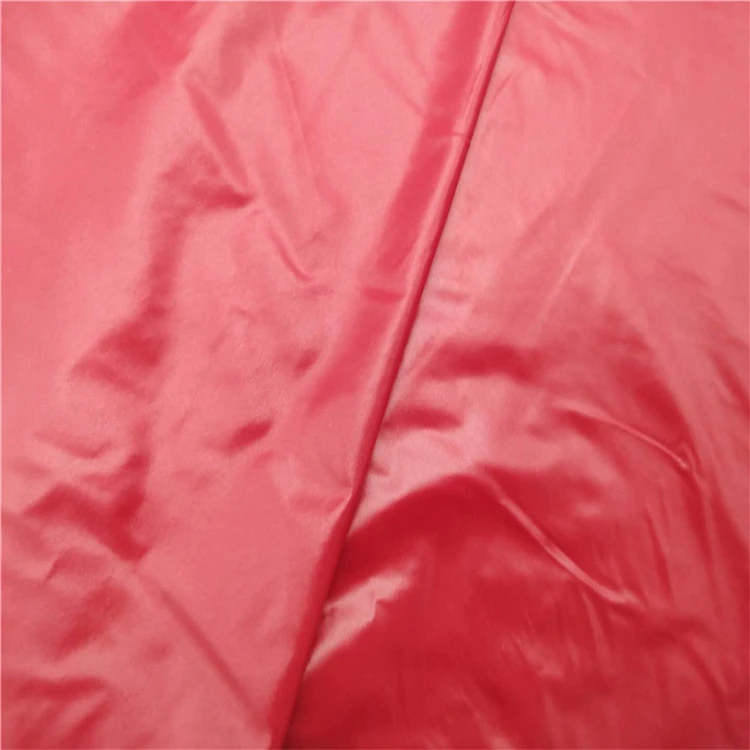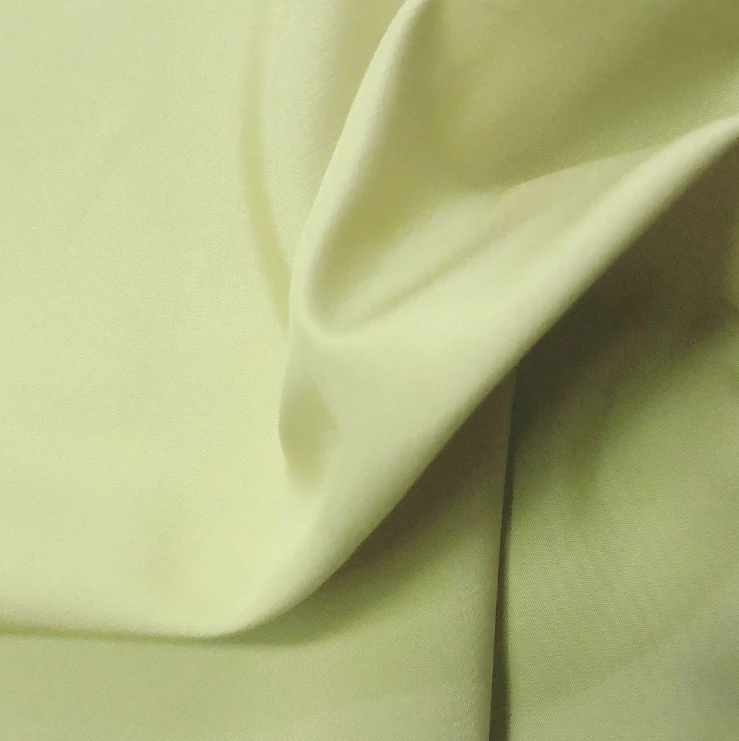Waterproof breathable fabric is designed to protect its wearer from rain, wind, and loss of body heat. Weather-protective clothes have been used for ages and have become a valuable part for several years. It is mostly used in extreme weather. This article will give you a detailed overview of waterproof breathable fabrics.
Table Of Contents
What is Waterproof Breathable Fabric?
Waterproof breathable fabric is fabric that resists water from passing the fabric layer but allows vapor of water to pass through. When it resists rain or snow water, this fabric also keeps you dry. This fabric is used in rainwater, waterproof outdoor and sports clothing, and other applications.

Basically Waterproof fabrics are resistant to water and wetness naturally or have been treated to be so. This fabric is a synthetic or natural fabric that is coated with waterproof materials. Polyvinyl chloride, Rubber, Polyurethane, Wax, and Silicone elastomer all are waterproof materials.

Types
There are three types of waterproof fabric available in the market. These 3 types of waterproof fabrics are_
1. Highly densed woven fabric
Tightly woven fabric has a low number of pores and is coated with a long-lasting water repellent. It ensures and also improves the waterproofness of the fabric. The rationale for this is simple: the layer thickness should prevent droplets of water from entering the cloth from the outside.

Man-made textiles such as polyester, acrylic, polyamide, and viscose are now often used to manufacture these fabrics. These tight structures have tiny pores for water molecules to pass through. It's also large enough for water vapor to get through.
2. Coatings
This type of waterproof fabric is made of materials with polymer-based coating. Solid polymer fabric has a strong resistance to water. Thin hydrophilic layers of the fabric ensure the rate of water vapor permeability through such layers is proportional. The thicker hydrophilic layers are more liquid resistant.

Waterproof breathable clothes made of solid polymer waterproof breathable fabric are far more popular on the market. This type of fabric may be found in a wide range of high-end outdoor applications.
3. Microporous membranes
Another form of waterproof fabric is microporous membranes. Membranes are thin polymer layers that divide into two types: microporous membranes and hydrophilic membranes. The most utilized polymers for microporous waterproof textiles are PTFE and polyurethanes.

Microporous films have tiny pores, and these pores are smaller than the tiniest raindrops, measuring between 0.1 to 10mm in diameter. As a result, rainfall and snow cannot travel between the layers. To provide appropriate strength, the membrane is bonded to an ordinary cloth.
Waterproof Rating
It's sometimes really difficult to figure out the rate of waterproofness as different manufacturers use different numbers to label the waterproofness of the fabric. So it's important to know the standard method to measure it and know if the fabric is truly waterproof. The most common and popular method to measure waterproofness is to apply hydrostatic pressure expressed in mm (millimeters). Some manufacturers express waterproof ratings in PSI (Pound per Square Inch) where 1 PSI is equivalent to 704mm.
You will see numbers between 2000mm and 20000mm on the label of the rain jacket and coat. What does it mean? It means, for example, if you wear a raincoat with 3000mm waterproof, you can stand out in the rain until 3000mm of rain fell before you start getting wet.
Here is an idea of how much waterproof your jacket should be in different conditions so that you can buy the most suitable one for you.
|
Waterproof Rating (mm) |
Water Resistance Provided |
Conditions |
|
0-5000mm |
No resistance to some resistance to moisture. |
Light rain, dry snow, no pressure. |
|
6000-10000mm |
Rainproof and waterproof under light pressure. |
Light rain, average snow, light pressure. |
|
11000-15000mm |
Rainproof and waterproof except under high pressure. |
Moderate rain, average snow, light pressure. |
|
15000-20000mm |
Rainproof and waterproof under high pressure. |
Heavy rain, wet snow, some pressure. Think PNW. |
|
20000mm+ |
Rainproof and waterproof under very high pressure. |
Heavy rain, wet snow, high pressure |
Breathability
Many people confuse breathability with air permeability. But it has no relation with air permeability. Then what does breathability mean? It refers to the ability of a fabric to pass moisture vapor through it. It provides comfort to the wearer by transporting perspiration from the body to the outside of the jacket.
Like waterproofness, there are also various methods for measuring breathability used by manufacturers and independent labs. But the most popular one is by measuring the amount of moisture vapor transmitted in grams per 24 hours through a square meter of fabric which is expressed by MVP (moisture vapor perspiration) or MVT (moisture vapor transmission).
For example if you wear three layers softshell jacket with a breathability rate 5000MVP. What does it mean? It means your jacket can transmit 5000-gram moisture vapor generated by your body heat through a square meter of fabric per 24 hours. Here is how much breathability you need for different activities.
|
Breathability Ratings (MVP) |
Level of Breathability Provided |
Which Activities Perfect for |
|
Up to 5000mvp |
Low |
Fishing |
|
5000-10000mvp |
Moderate |
Walking, Traveling |
|
10000-15000mvp |
Moderate High |
Backpacking, Hiking |
|
Over 2000mvp |
High |
Sports and Running |
Applications of Waterproof Fabric
Nowadays, Waterproof fabric, especially fabric that has good breathability, is used in the apparel industry. This fabric provides extraordinary features such as lightweight, comfort, stylish, and price. It is used to make sportswear, leisurewear, and workwear. In addition, this fabric is used for several outdoor purposes.
- Various kinds of sportswear like Hats, Hand Gloves, shoes, and waterproof boots are all made of this type of fabric.
- Outdoor applications like raincoats, Rain pants, skiwear, waterproof jackets, and umbrellas are also made of this fabric.
- Various medical applications are also made from this type of fabric. It includes Bedsheets, hygiene products, pillow protectors, wheelchair cushions, stretchers, orthopedic orthoses, and surgical drapes.
Final thought
Clothing manufactured of waterproof fabric that keeps you dry in the rain and snow. It allows you to resist water vapor from the indoor to the outside environment. As the waterproof textile market has dominated, performance-included textiles have prevailed. Waterproof breathable fabric is used in a variety of apparel and clothing industries. This fabric was used in the military, hospitals, construction, agriculture, transportation, and others.
















Comments - 00
Leave A Reply
Thanks for choosing to leave a comment.